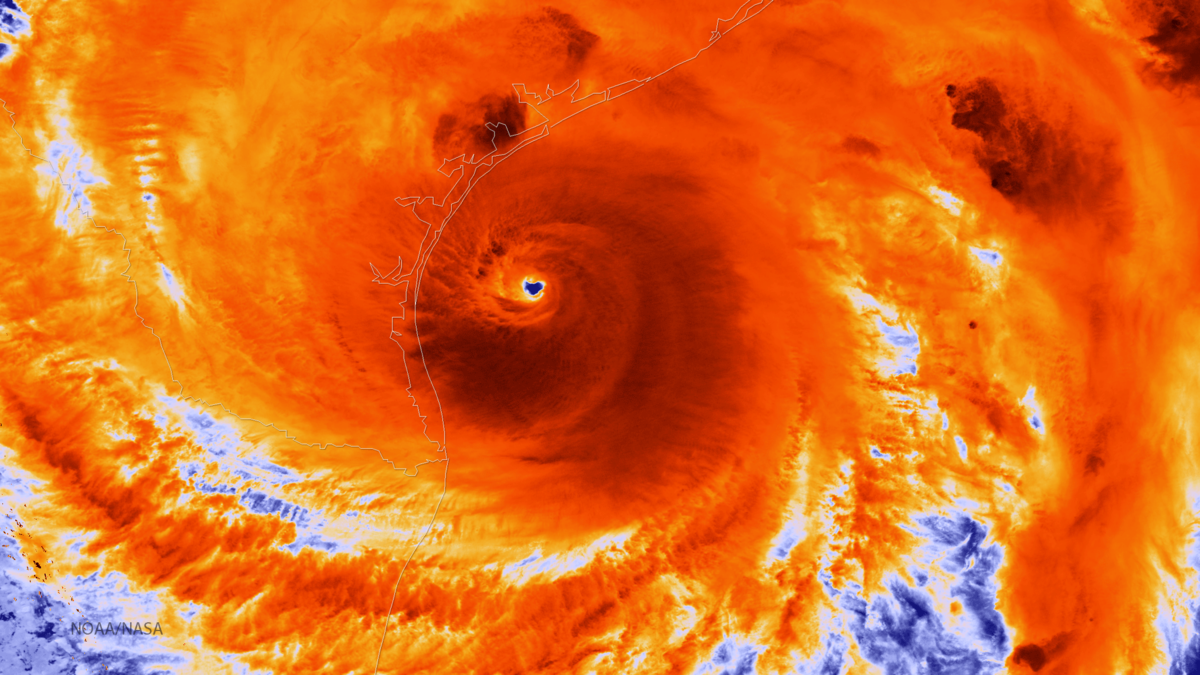Hurricane Harvey, the largest storm to hit the US in over ten years, has caused billions in damages, with analysts forecasting the financial impact of the storm to reach as high as $40bn (£31bn).
The storm swept through the Gulf of Mexico and made its way to southeast Texas, dumping historic levels of rainfall on Houston, America’s fourth largest city and home to one of the country’s largest ports.
The Houston area is expected to have received a year’s rainfall within just a week.

Nearly a fifth of oil and gas production in the Gulf of Mexico has been suspended because of the storm.
S&P Global estimated Sunday that approximately 2.2 million barrels per day of refining capacity were forced offline as remnants of the storm continued to wreck havoc on the refinery-rich coast.
Joseph Brusuelas, chief economist at RSM US, told the BBC that US gas prices rose around 10% ahead of the storm. Brusuelas forecasts prices to surge by another 20-30% over the next couple of weeks in the Texas region.
According to the Bureau of Safety and Environmental Enforcement, around 18% of oil and natural gas production in the Gulf has stopped.
The US Department of Energy said in a recent update that approximately 11% of American refining capacity has also shut down.
“If Harvey had been a run-of-the-mill hurricane, it would have cost less than $5 billion of damage.”
He added: “The problem is that Harvey is acting more like a big, wet tropical storm. Harvey has dumped more rain in three days than Tropical Storm Allison did in five, and it’s on track to almost double the Allison rainfall.”
“Harvey is a whole different animal.”
